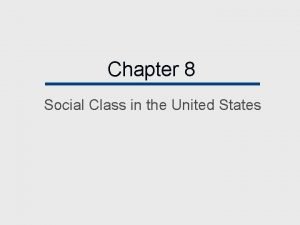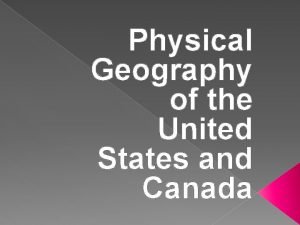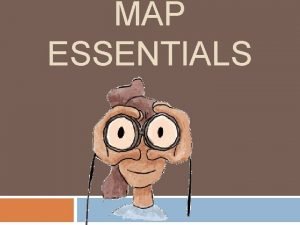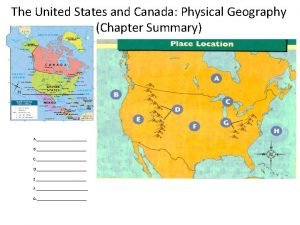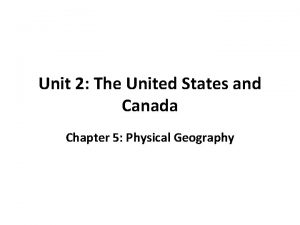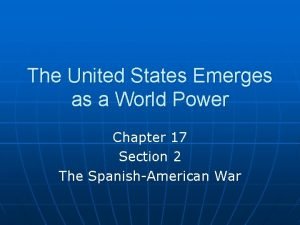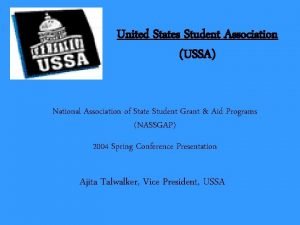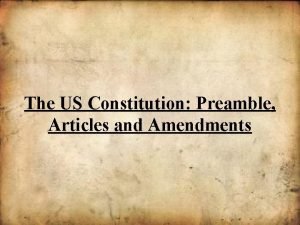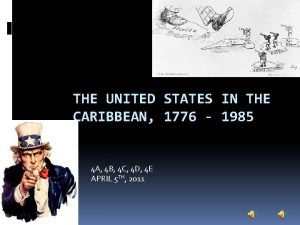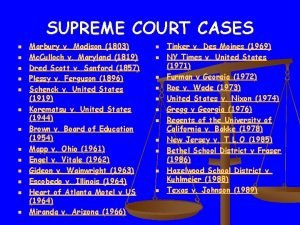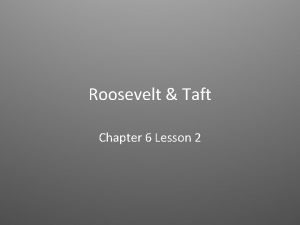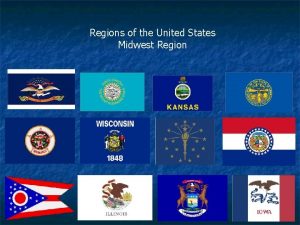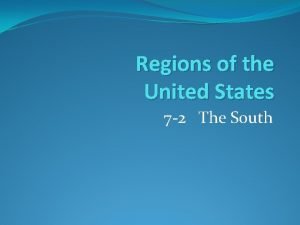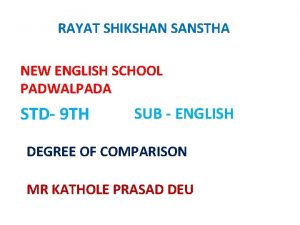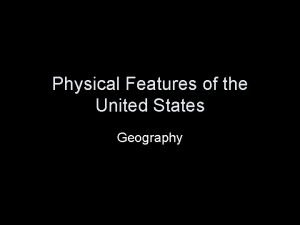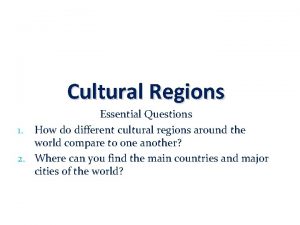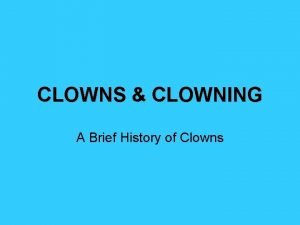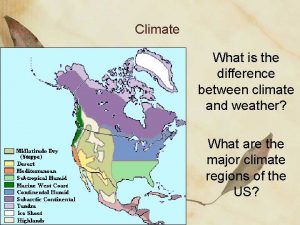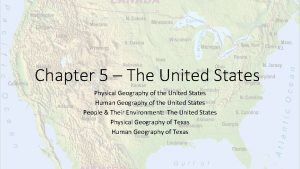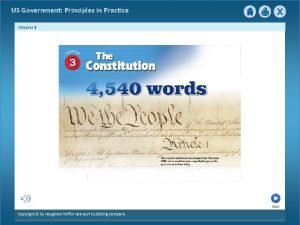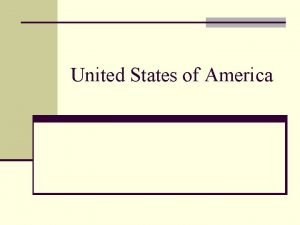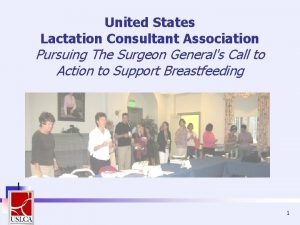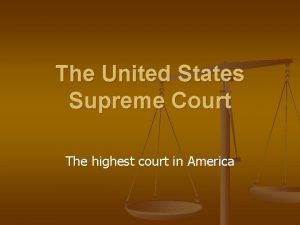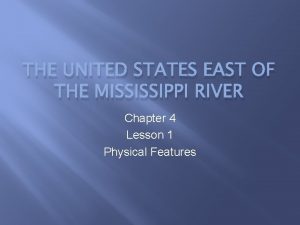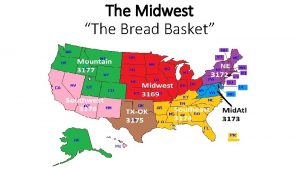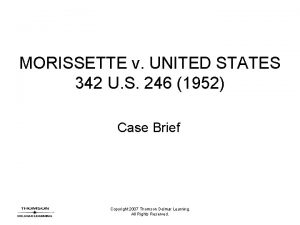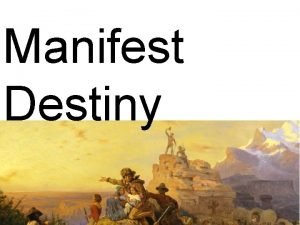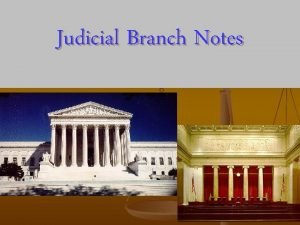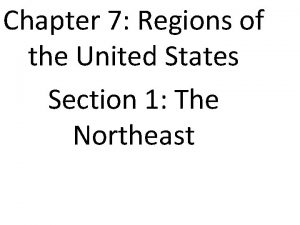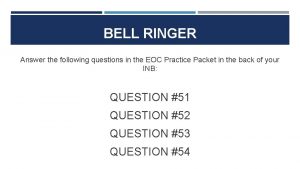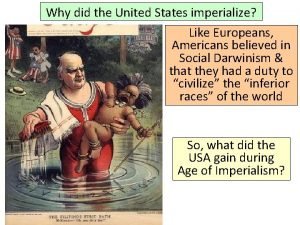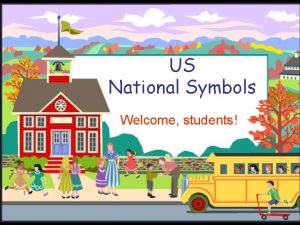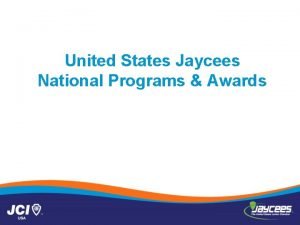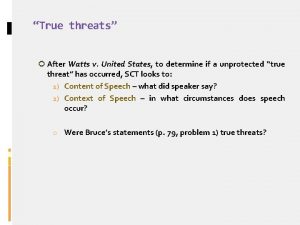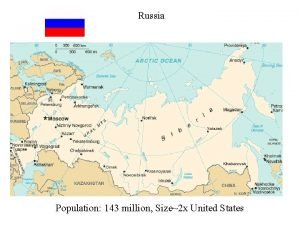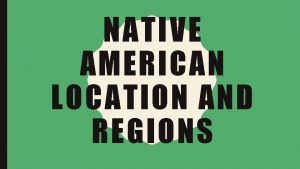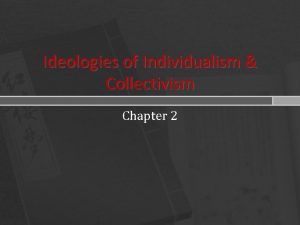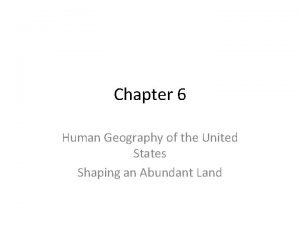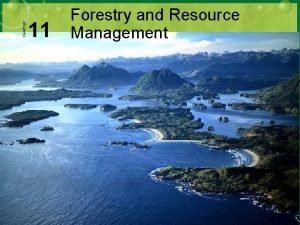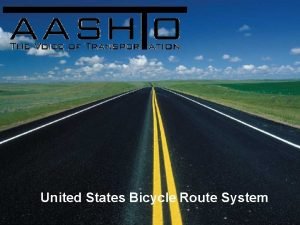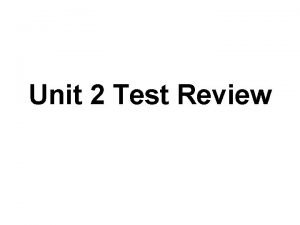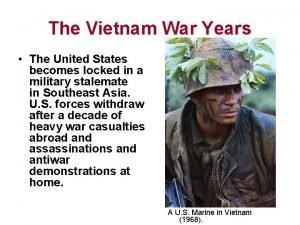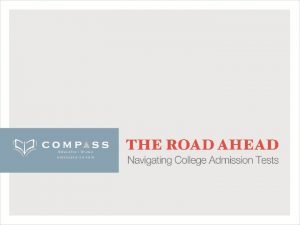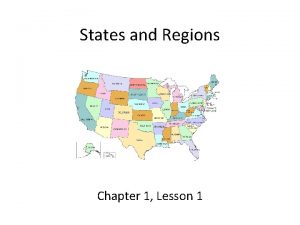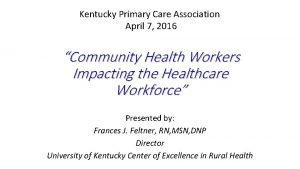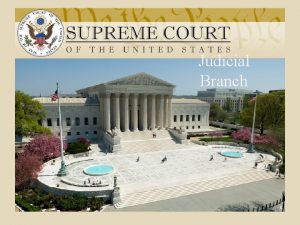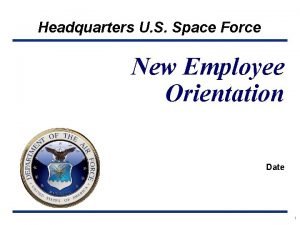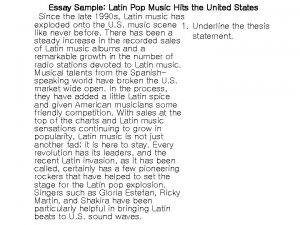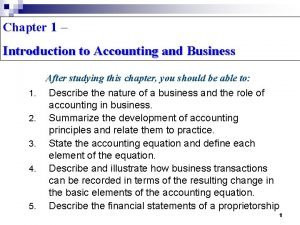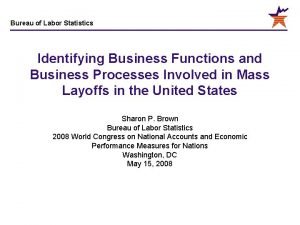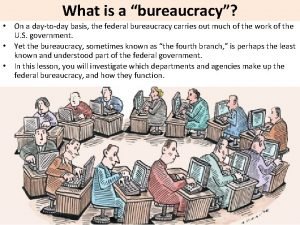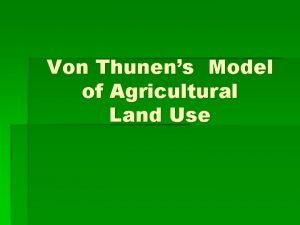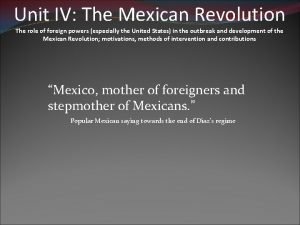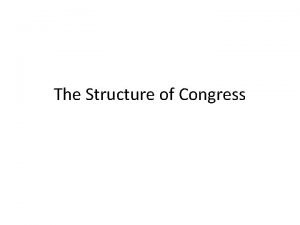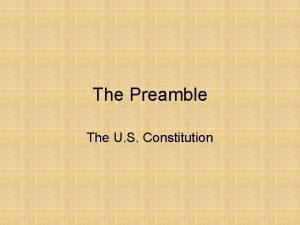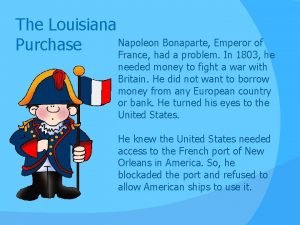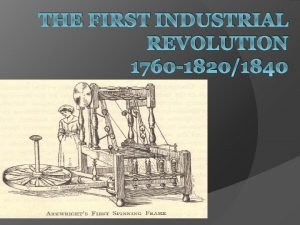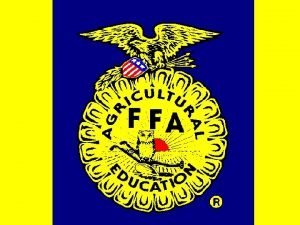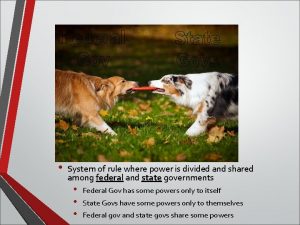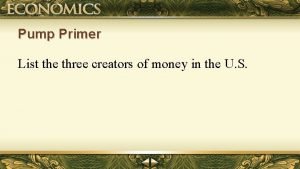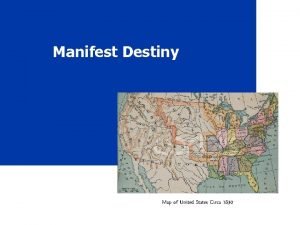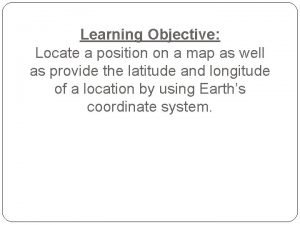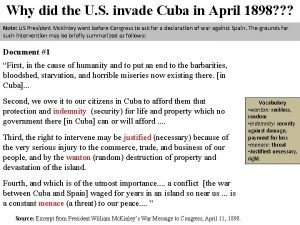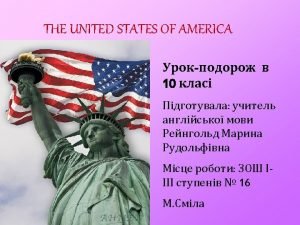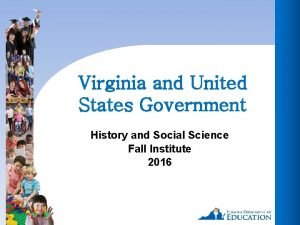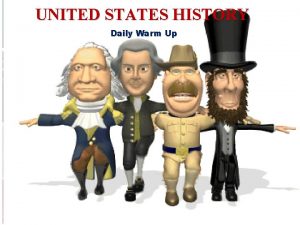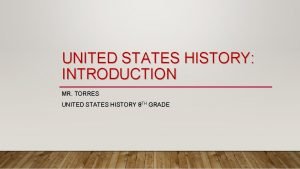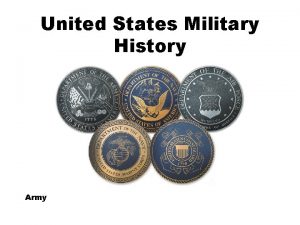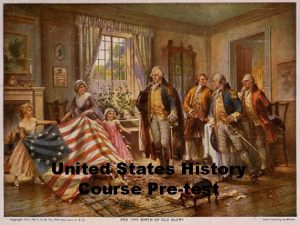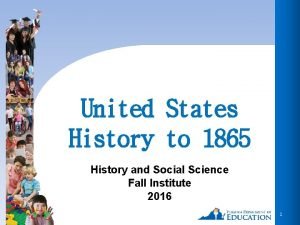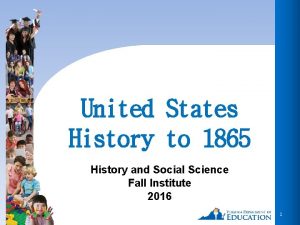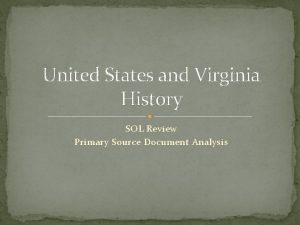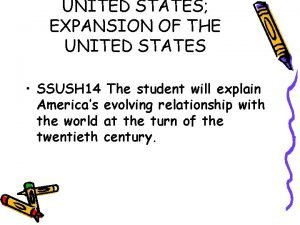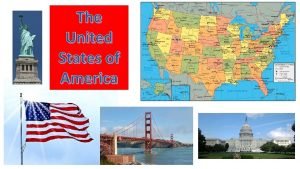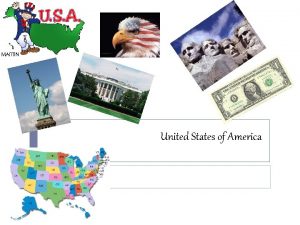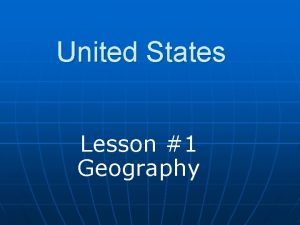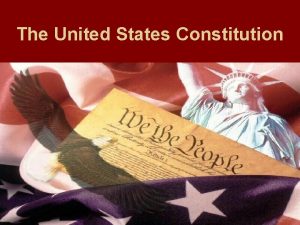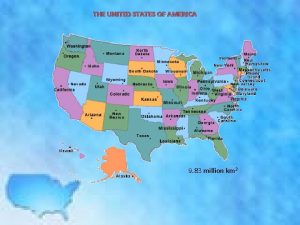Virginia and United States History and Social Science

































































































- Slides: 97

Virginia and United States History and Social Science Fall Institute 2016 1

DISCLAIMER Reference within this presentation to any specific commercial or noncommercial product, process, or service by trade name, trademark, manufacturer or otherwise does not constitute or imply an endorsement, recommendation, or favoring by the Virginia Department of Education

Questions to Ask During Planning Essential Components in Planning an Effective Lesson using the 2015 History and Social Science Standards of Learning • • What do students need to know and understand by the end of this lesson? What do students need to do during this lesson? Which historical thinking skills are best suited for this standard? What other content material should be added to provide historical context and richness to the lesson in order to maximize student understanding of the standard? • What student learning experiences would be most effective during this lesson? • How can I check for understanding effectively and accurately to measure the students’ content knowledge and historical thinking skills? 3

It starts with the. . . 4

5

2015 SOL Skill Progression 6

2015 SOL Skill Progression 2008 Standards: Understand content 2015 Standards: Understand content by applying the skill. Skills are aligned with English Standards 7

Experiences for Essential Skills What are Experiences? 8

Experiences • Bring attention to the Experiences and describe what they are and how they can be used. • Provide teachers with “experiences” and give them an opportunity to: • discuss what they are and how they can be used; and • develop their own to share with the group. 9

The experiences should be – • engaging, • rigorous with higher level thinking questions, • relevant (connecting time periods, places, and events to the present day).

Experiences Are. . . Are NOT. . . • Engaging- promoting discussion, collaboration, and understanding • Opportunities to practice social science skills using various content • Varied throughout the lesson to help students make connections • Worksheets • Specific to one Standard, topic, or course 11

How can Virginia & United States History skills be incorporated into a standardsbased lessons?

Good practice Use of aim/objective to give students a concrete goal for the lesson. “By the end of class/end of unit/etc. , you should be able to…” 13

Today we will. . . • Practice strategies to incorporate new standards -based skills into daily lessons to teach and check for understanding of content 14

Class Opener Discuss this Image What do you see? Who is this man? What do you think he is doing?

What do you see? Who is this man and woman? What are they doing?

What do you see? Who are these people? What are they doing?


Why were the slaves dressed as they were? What do you think was their fate?

Slaves Waiting for Sale Richmond, Virginia, (1861) Eyre Crowe Library of Virginia 20

21

Image Analysis • This is a typical image of a slave auction/purchase. • How does this differ from the previous image? • What can you infer about the owner/trader’s feelings about dressing this particular slave in nice clothing? • What do you think was the fate of these slaves? 22

How are the images different (or similar)? Other Questions? 23

VUS. 1 a • synthesizing evidence from artifacts and primary and secondary sources to obtain information about events in Virginia and United States History: VUS. 1 b • using geographic information to determine patterns and trends in Virginia and United States history VUS. 1 c • interpreting charts, graphs, and pictures to determine characteristics of people, places, or events in Virginia and United States history VUS. 1 e • comparing and contrasting historical, cultural, economic, and political perspectives in Virginia and United States history. VUS. 1 f • explaining how indirect cause-and-effect relationships impact people, places, and events in Virginia and United States history Essential Skills Standards The student will demonstrate skills for historical thinking, geographical analysis, economic decision making, and responsible citizenship by 24

VUS. 3 a: evaluating the economic characteristics of the colonies VUS. 3 c: explaining the impact of the development of indentured servitude and slavery in the colonies Content Standards The student will apply social science skills to understand early European colonization by 25

Climate and natural resources developed colonial characteristics 26

SCIM • Survey: What do you see? • Contextualize: When does this take place in history? What other events are occurring? • Infer: What do you think is happening? • Monitor: What other information do you want to know? Historical Inquiry, Virginia Tech 27

Infer: What do you think? Contextualize: Where? When? What? Survey: What do you see? Describe life in the colonies Monitor: Remaining questions 28

Infer: What do you think? Contextualize: Where? When? What? Survey: What do you see? Image #____ Explain life in the colonies Monitor: Remaining questions 29

Summarize Contextualize What do you see? Where? When? What? Infer Monitor What do you think? Remaining questions?

Image #1 Evans, C. W. - Some Notes on Shipbuilding and Shipping in Colonial Virginia. Williamsburg: Virginia 350 th Anniversary Celebration Corp. (1957) 31

Distribute this image to model the SCIM experience. Afterwards, have students work in small groups to practice a SCIM. Have copies of all other images.

Image #2 Boston College, Boisi Center for Religion and American Public Life, Social Ethics and Social Practice in Puritan New England: A Reconsideration 33

Image #3 “The Lost Colony, ' a painting by Granger, shows John White returning to Roanoke Island finding the word “Croatoan” carved on post. ( Fine Art America image ) 34

Image #4 The First Cotton-gin, by William L. Sheppard, published in Harper’s, December 18, 1869 35

Image #5 Pondering Principles, Puritans & Education 36

Image #6 Sein Fishing in North Carolina, Harper's Weekly (Sept. 28, 1861), p. 620. 37

Image #7 "Slaves Picking Cotton, ” Collection of Dr. Harold Rhodes III Charleston, South Carolina 38

Image #8 The Columbia Encyclopedia, 6 th ed. , The Columbia University Press. 39

Image #9 Pilgrim Hall Museum, Collections & Exhibits, History Paintings 40

Image #10 The Project Gutenberg e. Book, Stories of New Jersey, by Frank Richard Stockton 41

Image #11 Fish Processing in North Carolina 1861, Harper's Weekly (Sept. 28, 1861), p. 621 42

Image #12 North Wind Picture Archives 43

Images: Another option. . . 44

SORT Activity Using images: See Organize Reflect Tell 45

Gallery Walk • Place images on large Post-It notes for students to: • Write their thoughts • Write what they see • Questions they have • How it relates to what has been taught 46

VUS. 1 a • synthesizing evidence from artifacts and primary and secondary sources to obtain information about events in Virginia and United States history VUS. 1 c • interpreting charts, graphs, and pictures to determine characteristics of people, places, or events in Virginia and United States history VUS. 1 d • Constructing arguments using evidence from multiple sources VUS. 1 e • Comparing and contrasting historical, cultural, economic, and political perspectives in Virginia and United States history. VUS. 1 g • Analyzing multiple connections across time and place Essential Skills Standards The student will demonstrate skills for historical thinking, geographical analysis, economic decision making, and responsible citizenship by 47

Checking for Understanding

Historical Thinking Chart This chart elaborates on the historical reading skills of sourcing, corroboration, contextualization, and close reading. In addition to questions that relate to each skill, the chart includes descriptions of how students might demonstrate historical thinking and sentence frames to support the development of these skills. 49

Triple Venn Diagram 50

Tell Me About It!

Whose Phone is This? 1. Each student/group will personalize their phone. 2. Exchange papers and then identify the owner of the phone. 3. What are the clues? 52

Wallpaper: Sketch the characteristics from a specific region on the cell phone wallpaper. Explain why this image choice would be relevant to this region. Playlist: Write 3 song titles and artists that would be found on this region’s playlist. Be sure to explain your reasoning as to why these songs fit this region. 1. 2. Email: This phone just received two emails. Who sent the emails? What was the significance of the message? What clues allows you to know from which region it came? 3. Apps Create five APPS for this phone that describe the political, economic, and/or historical contributions

Silent Witness to the Surrender

Perspective and Point of View

The Witness Tree (silently observe) Ø Students will write from the perspective of a tree Ø Write what the tree observed that demonstrates knowledge of what they should have learned

Writing to Learn ● Not graded ● Prior to lesson ● Assess student background knowledge ● End of lesson ● Check understanding ● Make Connections ● Answer BIG QUESTION ● Free-write

Learn with Food! Civil War Facts Some Causes: • Sectional disagreements • Northern abolitionists v. Southern defenders of slavery Lincoln: Key leader--insisted the Union be held together by force if necessary Economic Impact: • South: left embittered and devastated. Much of the South lay in ruins. • North/Midwest: emerged with strong and growing economies

Big Question: How was the Civil War like a Twix candy bar? https: //www. youtube. c om/watch? v=D 6 iaxew ba. Xg SOL VUS. 7: The student will demonstrate knowledge of the Civil War and Reconstruction Era and their importance as major turning points in American history.

Time to Practice! • Examine the characteristics of the three colonial regions • If you had to choose a candy bar to match your region, what would it be? Why?

Candy for the Colonies! ² What are the characteristics of each of the three colonial regions? ² If a candy bar was chosen to match a region, what would it be? Why?

VUS. 1 b • Using geographic information to determine patterns and trends in Virginia and Unites States history VUS. 1 c • interpreting charts, graphs, and pictures to determine characteristics of people, places, or events in Virginia and United States history VUS. 1 e • Comparing and contrasting historical, cultural, economic, and political perspectives in Virginia and United States history. VUS. 1 f • Explaining how indirect cause-and-effect relationships impact people, places, and events in Virginia and United States history VUS. 1 g • Analyzing multiple connections across time and place Essential Skills Standards The student will demonstrate skills for historical thinking, geographical analysis, economic decision making, and responsible citizenship by 62

Alternative ideas üExit Slips üMultiple Choice üShort Answer üMatching üTrue/False üMultiple Choice • Think, Create, and Write: • Thought Bubbles • Phone Activity • Witness Tree • Candy Bar • Answer the Big Question Checking for Understanding Traditional

How can Virginia & United States History skills be incorporated into standards-based lessons?

Standard VUS. 3 a Content Standard The student will apply social science skills to understand early European colonization by evaluating the economic characteristics of the colonies. 65

The student will demonstrate skills for historical thinking, geographical analysis, economic decision making, and responsible citizenship by interpreting charts, graphs, and pictures to determine characteristics of people, places, or events in Virginia & United States History. Essential Skills Standard Skill Standard VUS. 1 c 66

Learning Experience • Teachers will be given a driving historical question that will guide the lesson to ensure mastery of the content and practice with the aligned skill. • The skill will be to interpret the economic activities depicted in the images provided. Below is a sampling of the images to be used in the session. 67









• • VUS. 1 a: Using Information Sources VUS. 1 b: Applying Geographic Skills VUS. 1 c: Organizing Information VUS. 1 d: Critical Thinking VUS. 1 e: Comparison VUS. 1 f: Causation VUS. 1 g: Connections VUS. 1 h: Economic Decisions Essential Skills Standards Using Images for Other Skill Standards 76

Standard VUS. 3 a Content Standard The student will apply social science skills to understand early European colonization by evaluating the economic characteristics of the colonies. 77

The student will demonstrate skills for historical thinking, geographical analysis, economic decision making, and responsible citizenship by evaluating the authenticity, authority, and credibility of sources using geographic information to determine patterns and trends in Virginia & United States History. Essential Skills Standard Skill Standard VUS. 1 b 78

Another Experience Using the same standard, another skill will be introduced by using a topographical map. • The task will be, based on the interpretation of the map, which economic activities would align best with each colonial regions. • This experience is linked to analyzing the dynamic relationship between physical and human geography as well as using maps to explain how the location of resources influences patterns, trends, and migration of a population. 79

80

Helpful Hint. . . Link the economic activities depicted in pictures used with VUS. 1 c with this map to determine the impact of physical geography on human geography. 81

Standard VUS. 3 a Content Standard The student will apply social science skills to understand early European colonization by evaluating the economic characteristics of the colonies. 82

The student will demonstrate skills for historical thinking, geographical analysis, economic decision making, and responsible citizenship by using a decision-making model to analyze and explain the incentives for and consequences of a specific choice made; Essential Skills Standard Skill Standard VUS. 1 h 83

By making settlement decisions based on personal priorities, colonists experienced costs and benefits of those choices.

1. H Use a decision-making model to analyze & explain the incentives for & consequences of a specific choice made 1) Cost-Benefit Decision Model • Used to decide whether or not to do something 2) Cost-Benefit Decision Tree • Used to decide between 2 Essential Skills Standard Essential Skills: “The Art of Reasoning” 85

1. H Use a decision-making model to analyze & explain the incentives for & consequences of a specific choice made 1) Cost-Benefit Decision Model • Used to decide whether or not to do something 2) Cost-Benefit Decision Tree • Used to decide between 2 choices 3) P. A. C. E. D. Decision Model • Used to decide among a variety of options/alternatives Essential Skills Standard Essential Skills: “The Art of Reasoning” 86

P. A. C. E. D. Decision Model • Problem state the problem • Alternatives list the alternatives • Criteria identify the criteria • Evaluate evaluate the alternatives • Decision make a decision 87

The Driving Historical Question What factors determined where colonists settled? 88

Problem: In which colonial region are we best suited? Criteria Alternatives New England Middle Southern Quality Farmland Location to Family Ties to Anglican Church Climate for Farming TOTALS Decision Evaluate: Assign numeric values ex: 1 -5 scale 1 = not very important 5 = very important 89

Options to Facilitate Student Understanding • • • Ship Manifests Letters/Diary Entries/Sermons Maps Images Advertisements/Broadsides Teacher-created Scenarios 90

PACED Decision making allows for critical thinking about colonial characteristics. 91

In which colonial region are we best suited? Costs – Benefits of the Colonial Regions Follow-up questions & writing prompts: 1) To what extent did one choice outweigh the other? 2) Do agree/disagree with the decision that was made? Explain. 3) Which choice would you have made? Explain. (What factors led to this decision? ) 4) Identify any alternative choices. 92

The Driving Historical Question What factors determined where colonists settled? 93

Triple Venn Diagram SOL 1. e: Comparison 94

Questions? 95

Virginia and United States History Presenters Rodney Robinson Richmond City rrobins 4@richmond. k 12. va. us Camille Beliveau Chesapeake Camille. Beliveau@cpschools. com Elizabeth Glynn Loudoun County Elizabeth. glynn@lcps. org Kelly White Roanoke City KSWhite@rcps. info Tiffany Jenkins Bristol County tnjenkins@bvps. org Lloyd Page Nottoway County Page. Lloyd@Nottoway. Schools. org Cathy Nichols-Cocke Campbell County ccocke@campbell. k 12. va. us 96

Virginia Department of Education Christonya Brown, K-12, History and Social Science Coordinator E-mail: Christonya. Brown@doe. virginia. gov Betsy Barton, Elementary, History and Social Science Specialist E-mail: Betsy. Barton@doe. virginia. gov Jill Nogueras, English and History and Social Science Specialist E-mail: Jill. Nogueras@doe. virginia. gov 9 7
 United states history and government regents
United states history and government regents Consequences of social class
Consequences of social class Awake united states song
Awake united states song United states and canada physical map
United states and canada physical map United states map with longitude and latitude lines
United states map with longitude and latitude lines Many _____ people have settled in this megalopolis.
Many _____ people have settled in this megalopolis. The physical geography of the united states and canada
The physical geography of the united states and canada Unit 2 the united states and canada worksheet answers
Unit 2 the united states and canada worksheet answers The united states emerges as a world power
The united states emerges as a world power Seo northern virginia virginia
Seo northern virginia virginia Anthropology vs sociology
Anthropology vs sociology My favorite subject in school is science
My favorite subject in school is science Was the united states on the axis powers or allied powers?
Was the united states on the axis powers or allied powers? Sectionalism map of the united states
Sectionalism map of the united states Pro soccer us
Pro soccer us Marshall case
Marshall case United states student association
United states student association The united states ought to provide a universal basic income
The united states ought to provide a universal basic income Preamble of the constitution
Preamble of the constitution The united states in the caribbean 1776-1985
The united states in the caribbean 1776-1985 Southeast region physical features
Southeast region physical features Expansion of the united states of america 1607 to 1853 map
Expansion of the united states of america 1607 to 1853 map When did nicholas novikov write the telegram
When did nicholas novikov write the telegram Texas annexation previous owner
Texas annexation previous owner Mapp v. ohio
Mapp v. ohio We have pacified some thousands of the islanders
We have pacified some thousands of the islanders Lesson 2 roosevelt and taft
Lesson 2 roosevelt and taft Nnn
Nnn 7 regions of the united states
7 regions of the united states The united states is the greatest buyer positive degree
The united states is the greatest buyer positive degree Physical geography usa
Physical geography usa 50 nifty united states
50 nifty united states Chapter 2 free enterprise in the united states
Chapter 2 free enterprise in the united states North central america
North central america Origin of clowns
Origin of clowns Subtropical united states
Subtropical united states Physical geography of the united states
Physical geography of the united states Ibn-tamas v. united states
Ibn-tamas v. united states Mr pirzada came to dine summary
Mr pirzada came to dine summary United states government principles in practice
United states government principles in practice Geographical position of the usa
Geographical position of the usa United states lactation consultant association
United states lactation consultant association Plessy v ferguson summary
Plessy v ferguson summary The mississippi river begins in the state of _____ .
The mississippi river begins in the state of _____ . Bread basket on east jefferson
Bread basket on east jefferson Immigration to the united states
Immigration to the united states United states v. cruikshank apush
United states v. cruikshank apush Morissette v. us
Morissette v. us Us land acquisition map
Us land acquisition map Judicial branch
Judicial branch Fifty nifty united states
Fifty nifty united states What are the 7 regions of the united states?
What are the 7 regions of the united states? Bell ringer response sheet
Bell ringer response sheet Why did the united states imperialize
Why did the united states imperialize National symbols of usa
National symbols of usa United states jaycees
United states jaycees Uscdi
Uscdi Dubai population pyramid
Dubai population pyramid Watts v united states
Watts v united states Polovtsian
Polovtsian Native american tribes in the united states
Native american tribes in the united states Melting pot salad bowl
Melting pot salad bowl Activity 2 let's review
Activity 2 let's review Economic equality
Economic equality Why is the united states called a postindustrial economy
Why is the united states called a postindustrial economy States west of the mississippi
States west of the mississippi Battling over clayoquot big trees
Battling over clayoquot big trees United states bicycle route system
United states bicycle route system What is the current intraregional migration trend in the us
What is the current intraregional migration trend in the us Hawks and doves vietnam
Hawks and doves vietnam United states bureau of labor statistics
United states bureau of labor statistics 5 regions of united states
5 regions of united states Kentucky primary care association
Kentucky primary care association United states judicial branch
United states judicial branch Afi 36-706
Afi 36-706 Pop music essay
Pop music essay Chapter 1 introduction to accounting and business
Chapter 1 introduction to accounting and business United states bureau of labor statistics
United states bureau of labor statistics President as chief administrator
President as chief administrator What is the us bureaucracy
What is the us bureaucracy Von thunen 6 assumptions
Von thunen 6 assumptions What the united states has fought for
What the united states has fought for 2 houses of congress
2 houses of congress American preamble
American preamble French emperor who sold louisiana to the united states
French emperor who sold louisiana to the united states What early industries mechanized the united states?
What early industries mechanized the united states? Ffa emblem owl
Ffa emblem owl United states v lopez summary
United states v lopez summary Who are the three creators of money in the united states
Who are the three creators of money in the united states Map of us in 1830
Map of us in 1830 Latitude lines us
Latitude lines us Northern and southern states
Northern and southern states Why did the us invade cuba
Why did the us invade cuba Howland island
Howland island Contiguous united states land area
Contiguous united states land area American column & lumber co v united states
American column & lumber co v united states Gender empowerment measure
Gender empowerment measure Aiesec gis
Aiesec gis

